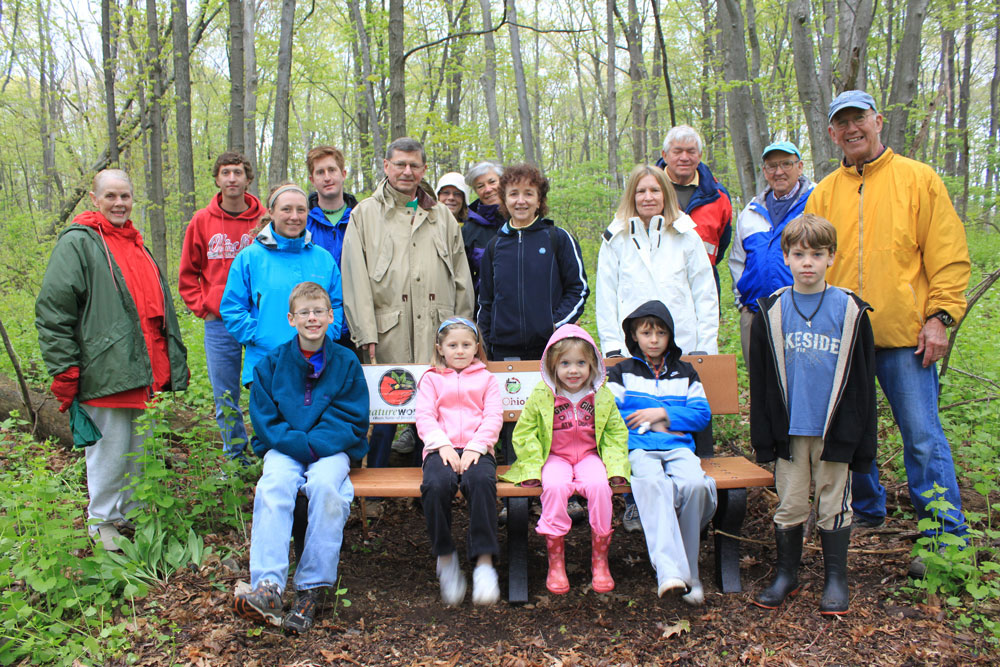ANNUAL - Plants with a one-year life cycle. They grow, bloom, produce seeds, and die in one year’s time.
BROOD - A generation of butterflies that completes a whole life cycle.
BUTTERFLY - a nectar-feeding, diurnal insect with two pairs of large, typically brightly colored wings that are covered with microscopic scales. Distinguished from moths by having clubbed antennae, holding their wings erect when at rest.
CATERPILLAR - the larva of a butterfly or moth, having a segmented wormlike body with three pairs of true legs and several pairs of appendages similar to legs. Caterpillars may be hairy, have warning coloration, or be colored to resemble their surroundings.
CHRYSALIS - a hardened coating of protein protecting an insect pupa inside; mostly associated with butterflies
COCOON - a silk casing, protecting an insect pupa inside; mostly associated with moths
DIAPAUSE - a period of suspended development, especially during unfavorable environmental
conditions
DIURNAL - of, relating to, or occurring during the day
FORB - a herbaceous flowering plant other than a grass
FUNGICIDE - a substance that destroys fungus (molds, yeast, mushrooms, and toadstools)
HERBICIDE - a substance that is toxic to plants, used to destroy unwanted vegetation
HOST PLANT - known as nurseries of the garden; specific plants on which caterpillars must eat
INSECTICIDE - a substance used for killing insects
LARVA - the active immature form of an insect
LOAM - a fertile soil with roughly equal proportions of
sand, silt, and clay
NATIVE - plants indigenous to a given area in geologic
time
NECTAR - a sugar-rich liquid produced by plants in
glands called nectaries
NOCTURNAL - of, relating to, or occurring at night
PERENNIAL - Plants that persist for many growing
seasons. Generally the top portion of the plant
dies back each winter and regrows the following
spring from the same root system
PESTICIDE - a substance used for destroying insects or
other organisms
PRUNING - horticultural and silvicultural practice
involving the selective removal of certain parts of a
plant, such as branches, buds, or roots
PUPA - the intermediate stage between the larva and
adult insect
SKIPPER - a diurnal insect related to butterflies.
Instead of knobbed antennae, the tips are usually
hooked and the wing structure differs from butterflies.
Flight is more erratic than most butterflies. Typically
brown, tan, or yellow-orange in color.






















